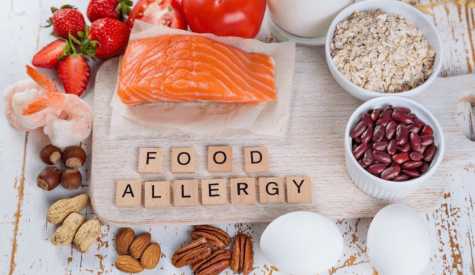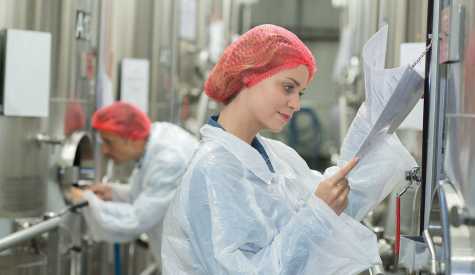Current Good Manufacturing Practices in Food Production

Current good manufacturing practices (CGMPs) are general practices and procedures recommended by the Food and Drug Administration (FDA) to ensure product safety and quality. CGMPs are not intended to be all-encompassing safety plans; instead, they provide a minimum baseline that company policies must meet. CGMPs help prevent food safety hazards in your facility and ensure that your food products are safe to eat.
CGMP Subparts
The FDA categorizes current good manufacturing practices into five subparts. These are:
- General provisions
- Buildings and facilities
- Equipment
- Production and process controls
- Defect Action Levels
The general provisions section includes information about plant and employee hygiene responsibilities, appropriate food education and safety training, and supervisory personnel. Employees should not wear loose clothing or jewelry and should always maintain good personal hygiene. They should not eat or smoke in food production areas and must be trained on your facility’s health and safety guidelines.
The buildings and facilities section describes requirements for ground maintenance, including litter control, waste removal and treatment, and drainage. It also contains information about sanitation, chemical storage, pest control, plumbing, and hand-washing facilities.
The equipment section includes information about the design, construction, and maintenance requirements for equipment and utensils. It also includes temperature requirements and other general measures that help prevent food contamination.
The production and process controls section lists the necessary general sanitizing processes and controls. It also addresses physical factors of food quality, such as time, temperature, humidity, pH, flow rate, and acidification. This section also details requirements for the storage and shipping of finished products.
The defect action levels (DALs) section lists the maximum defect action levels for a natural or unavoidable food defect, such as mold, sand, or pits. These are set by the FDA. You should develop regular inspection programs to ensure that all food products remain below their DALs.
Conclusion
The FDA’s current good manufacturing practices provide a good foundation to build your facility’s food safety procedures on. You should familiarize yourself with all aspects of the CGMP guidelines and make sure that your employees are adequately trained on cleaning and sanitizing, personal hygiene and handwashing procedures, and preventing food contamination.
For additional information, see the following links:
- Good Manufacturing Practices (GMPs) for the 21st Century – Food Processing
- Food CGMP Modernization Report
This blog is part of a food manufacturing safety series. For more topics, visit the blogs below:
Listeria Control in Food ManufacturingFloor and Drain Cleaning in Food ManufacturingForeign Material Control in Food ManufacturingCleaning and Sanitizing in Food ManufacturingSalmonella Control in Food ManufacturingHow Are Food Manufacturing Workers Protected From Chemical Exposure?How do Food Manufacturers Use Hazard Analysis and Critical Control Point (HACCP) Plans to Protect Consumers?12 Ways Food Manufacturers Protect Consumers Who Suffer From Food AllergiesFood DefenseProper Hand Hygiene and Handwashing in Food Manufacturing

